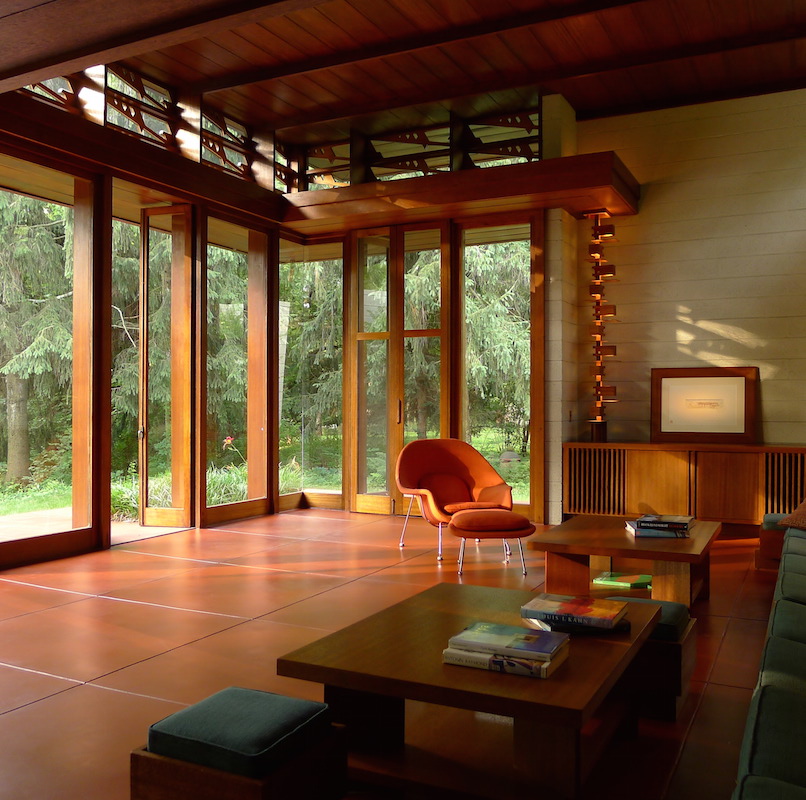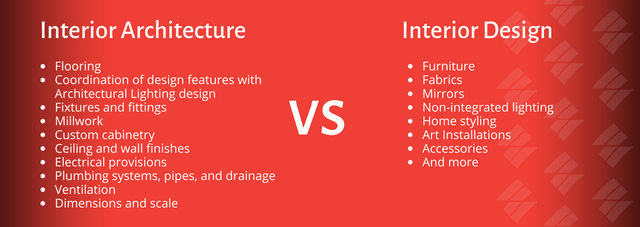The Art of Balance: Just How Interior Design and Home Designer Collaborate for Stunning Outcomes
In the world of home design, striking a balance in between aesthetics and performance is no little task. This fragile stability is attained through the harmonious partnership between interior designers and engineers, each bringing their distinct expertise to the table. Stay with us as we discover the intricacies of this collaborative process and its transformative influence on home design.
Recognizing the Core Distinctions In Between Inside Layout and Home Architecture
While both Interior Design and home design play vital functions in developing aesthetically pleasing and useful rooms, they are naturally various disciplines. Home style mainly concentrates on the architectural elements of the home, such as building codes, safety laws, and the physical building and construction of the space. It manages the 'bones' of the framework, working with spatial measurements, bearing walls, and roof layouts. On the other hand, Interior Design is a lot more concerned with boosting the sensory and aesthetic experience within that structure. It entails picking and setting up furniture, picking color design, and integrating attractive aspects. While they function in tandem, their functions, responsibilities, and locations of experience split significantly in the development of a harmonious home atmosphere.
The Synergy Between Home Style and Interior Decoration
The synergy in between home architecture and Interior Design hinges on a shared vision of design and the enhancement of useful aesthetics. When these two areas line up sympathetically, they can transform a home from average to remarkable. This partnership calls for a much deeper understanding of each discipline's principles and the capability to produce a natural, visually pleasing setting.
Unifying Layout Vision
Unifying the vision for home architecture and Interior Design can produce a harmonious home that is both practical and cosmetically pleasing. The equilibrium starts with an incorporated mindset; architects and interior designers collaborate, each bringing their competence. This unison of ideas develops the style vision, a blueprint that guides the job. This shared vision is important for uniformity throughout the home, making certain a liquid transition from exterior architecture to indoor areas. It advertises a synergistic approach where building components enhance Interior Design elements and vice versa. The result is a natural home that mirrors the home owner's preference, personality, and lifestyle. Hence, unifying the style vision is vital in blending style and Interior Design for spectacular results.
Enhancing Useful Aesthetics
Exactly how does the synergy in between home style and interior design enhance useful visual appeals? Engineers lay the groundwork with their architectural design, making certain that the room is practical and reliable. An engineer could develop a home with big windows and high ceilings.
Importance of Collaboration in Creating Balanced Spaces
The cooperation between indoor designers and designers is essential in producing balanced areas. It brings harmony between layout and architecture, offering birth to spaces that are not just aesthetically pleasing yet also functional. Discovering effective collective techniques can offer understandings right into how this harmony can be successfully accomplished.
Balancing Style and Style
Equilibrium, a crucial facet of both Interior Design and design, can just really be achieved when these two areas job in consistency. This consistency is not simply an aesthetic consideration; it influences the capability, toughness, and ultimately, the livability of an area. try this web-site Inside engineers and developers should recognize each various other's duties, respect their proficiency, and interact efficiently. They must consider the interplay of architectural elements with design, the flow of rooms, and the impact of light and color. This joint procedure causes a cohesive, balanced layout where every discover this element has a function and contributes to the overall visual. Consequently, integrating design and architecture is not just about developing gorgeous spaces, however regarding crafting areas that function effortlessly for their citizens.
Effective Collaborative Strategies

Case Studies: Successful Assimilation of Design and Design
Checking out several situation researches, it becomes evident just how the successful combination of indoor layout and architecture can transform a room. Architect Philip Johnson and interior designer Mies van der Rohe teamed try these out up to develop a harmonious balance between the inside and the structure, resulting in a seamless flow from the outside landscape to the internal living quarters. These instance studies underline the profound effect of a successful style and style cooperation.

Getting Over Difficulties in Design and Style Partnership
Despite the indisputable benefits of an effective partnership in between Interior Design and style, it is not without its difficulties. Communication problems can arise, as both events may make use of different terms, understandings, and techniques in their work. This can cause misunderstandings and hold-ups in project conclusion. Another significant challenge is the harmonizing act of aesthetic appeals and capability. Designers might focus on structural honesty and safety, while developers concentrate on comfort and design. The integration of these goals can be complicated. Furthermore, budget and timeline restrictions commonly add pressure, possibly triggering breaks in the collaboration. Reliable interaction, mutual understanding, and compromise are important to get over these challenges and achieve a effective and unified cooperation.

Future Fads: The Progressing Relationship In Between Home Architects and Interior Designers
As the globe of home design remains to evolve, so does the connection in between designers and indoor designers. The pattern leans in the direction of a much more collective and incorporated method, damaging devoid of standard duties. Architects are no much longer solely focused on architectural honesty, but likewise involve in enhancing aesthetic allure - Winchester architect. Conversely, interior designers are welcoming technical aspects, influencing general format and functionality. This developing synergy is driven by innovations in technology and the growing demand for areas that are not just aesthetically pleasing but also functional and lasting. The future guarantees a much more natural, cutting-edge, and flexible approach to home design, as developers and engineers remain to obscure the lines, fostering a relationship that really symbolizes the art of balance.
Final thought
The art of balance in home design is attained via the unified partnership between indoor developers and designers. An understanding of each other's techniques, efficient communication, and shared vision are essential in creating aesthetically sensational, practical, and welcoming areas. In spite of challenges, this collaboration promotes development and technology in style. As the relationship in between home architects and indoor developers evolves, it will certainly remain to shape future patterns, enhancing convenience, effectiveness, and individual expression in our home.
While both interior style and home style play necessary roles in producing aesthetically pleasing and practical rooms, they are naturally different self-controls.The harmony between home style and interior style exists in a shared vision of style and the improvement of practical aesthetics.Merging the vision for home architecture and interior layout can create a harmonious living area that is both useful and aesthetically pleasing. Hence, unifying the design vision is important in mixing architecture and interior layout for stunning results.
Exactly how does the harmony in between home architecture and interior style boost useful visual appeals? (Winchester architect)